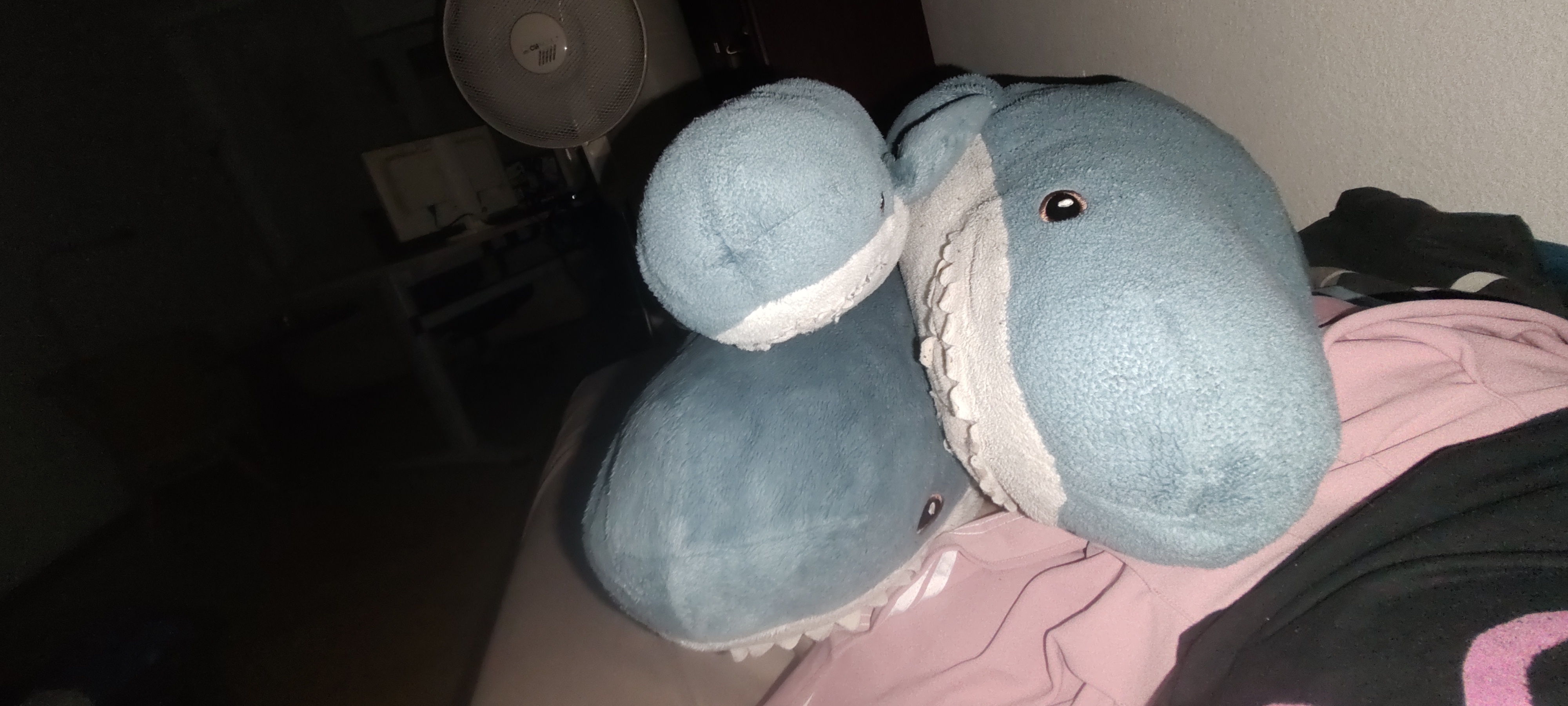I’m not coming up with a lot of useful (clear) results when searching for a solution to this issue.
Is it OK to simply dd the 128GB disk to the 32GB disk using count to stop after the 16GB partition was cloned?
A bit more context: I had to clone a 16GB eMMC and only had a 128GB SD around. Now I purchased a 32GB eMMC and want to clone it again. The partition holds a root filesystem for an ARMv8 device. I don’t have the 16GB eMMC anymore, that would have been the easy way out.
I’d use clonezilla
E: It’s not that it can’t be done other ways, it’s just clonezilla will work and has worked for nearly 2 decades. Also there’s no information provided above about the data. So clonezilla is nice if it’s a complicated scenario.
Plus, it’s a nice tool to throw in the toolbox once you know how to use it.
E. Why do you feel like you have to use something like dd for this particular task? Less than 16 GB of data? Ya probably could have copied it over manually by now.
It’s not an active partition/disk I want to clone. Clonezilla seems like something I need to boot into?
You can run clonezilla on your shell session, just apt install conezilla (or whatever variant you’re using) and it can do the trick. Dd will almost surely work too, but that leaves a ton of responsibility to you instead of making any sanity checks on the way. That makes dd very powerful tool and it has saved my ass a multiple times, but if you already have a working partitioning schema clonezilla has a ton of options to make your life a lot simpler and a likely a bit faster than dd.
Use a clonezilla boot usb. I did exactly what you’re trying with clonezilla: 16gb partition on a 128gb ssd to a 64gb ssd. The clone disk is in a production machine rn and has been for two months.
Yes, Clonezilla runs off a live USB. If it is large enough it can also store the partition you want to clone, making the whole process a lot simpler.
Is it OK to simply dd the 128GB disk to the 32GB disk using count to stop after the 16GB partition was cloned?
I think it would work, but it seems a little overcomplicated, you can just use the partition paths as
ifandofofdddirectly, as long as the output partition is not smaller than the input partition. For exampledd if=/dev/sdc1 of=/dev/sdd1 bs=4M status=progressYour method would also copy the partition table I suppose, which might be something you want under specific circumstances, but then it would be a little harder to get the count right, just taking the size of partition 1 would be wrong, because there is some space before it (where the partition table lives) and dd would start at 0. You’d need to add up the start position and the size of partition 1 instead.
Personally I would prefer making a new partition table on the new eMCC, and create a target partition on it. Then you clone the content of the partition (i.e. the file system). This way the file system UUID will still be the same, and the fstab should still work because these days it usually refers to mounts by filesystem UUID in my experience.
If you make the target partition larger than the source partition, and you intend to use the full partition going forward you will additionally need to resize the filesystem to fit the new larger partition, for example with
resize2fs.This is the way!
Way simpler than using any GUI tool or somehow recreating the partition and manually copying the files.
deleted by creator
Dd with count does work. scroll down to: Use dd, with the count option. response
https://serverfault.com/questions/439128/dd-on-entire-disk-but-do-not-want-empty-portion
If I understand the problem correctly it has a pretty simple solution that I have done before. Make a new partition on the destination and
dd if=/dev/diskAsB of=/dev/diskXsYwhere A is the source disk and B is the source partition and X is the destination disk and Y is the destination partition. You may have to run fsck on the destination afterwards and maybe a gpt repair tool.Honestly though, since it’s an ext filesystem, if it were me I’d just mount the source and dest and rsync.
Could be - just try it ig. And even if not, just create a new partition on the 32 GB disk and then dd it over.
deleted by creator
If it’s normal files, yeah. If the partition is complicated to replicate, or encrypted etc., then just dd’ing the partition would be easier
Gnome-disk-utility or “disks” in Linux will clone a partition and then restore it to another disk.
Is the 16gb partition the first partition? If so I’d just dd the 128gb drive at the 32gb drive then fix the partition table and remove the others.
If it’s not the first partition use gparted to copy it to the new drive.
INFO: What filesystem does your source drive/partition have?
ext4
Do you only have the root parition or do you have everything else too (like /boot)?
- If you only have root, reinstall the OS then just overwrite the root partition with your old one.
- Run fsck on the root partition and/or use gparted to expand the ext4 partition. You might have to fuck around with the disk UUIDs to get it to boot again. You’ll most likely have to at the very least change your /etc/fstab file to update the UUID of the boot partition.
if you have everything, you can just dd the sd disk to the emmc, provided that you didn’t mess around with the partitions after.
- Copy with dd to the emmc with or without the count, it doesn’t matter that much if time isn’t a priority. (something like
dd if=/dev/sdcard of=/dev/newemmc). If it fails and says the device is out of memory after 32GB, that’s fine. Any other error is not fine. - Use gparted to expand the root partition.
- fsck the partition.
I recommend FSArchiver, it can handle different size partitions
@InFerNo@lemmy.ml you should do the partition not the whole disk. Then create a new partition in the 32gb disk or mount the dd file with a loopback device and transfer the files to the whole 32gb disk
It’s a root fs for an ARM device. I can’t simply copy the files over.
Is the system Linux? If so, then yes you can. Rsync it on to the newly created device get the uiid and fix up the fstab and boot loader configs and you are back in business.






